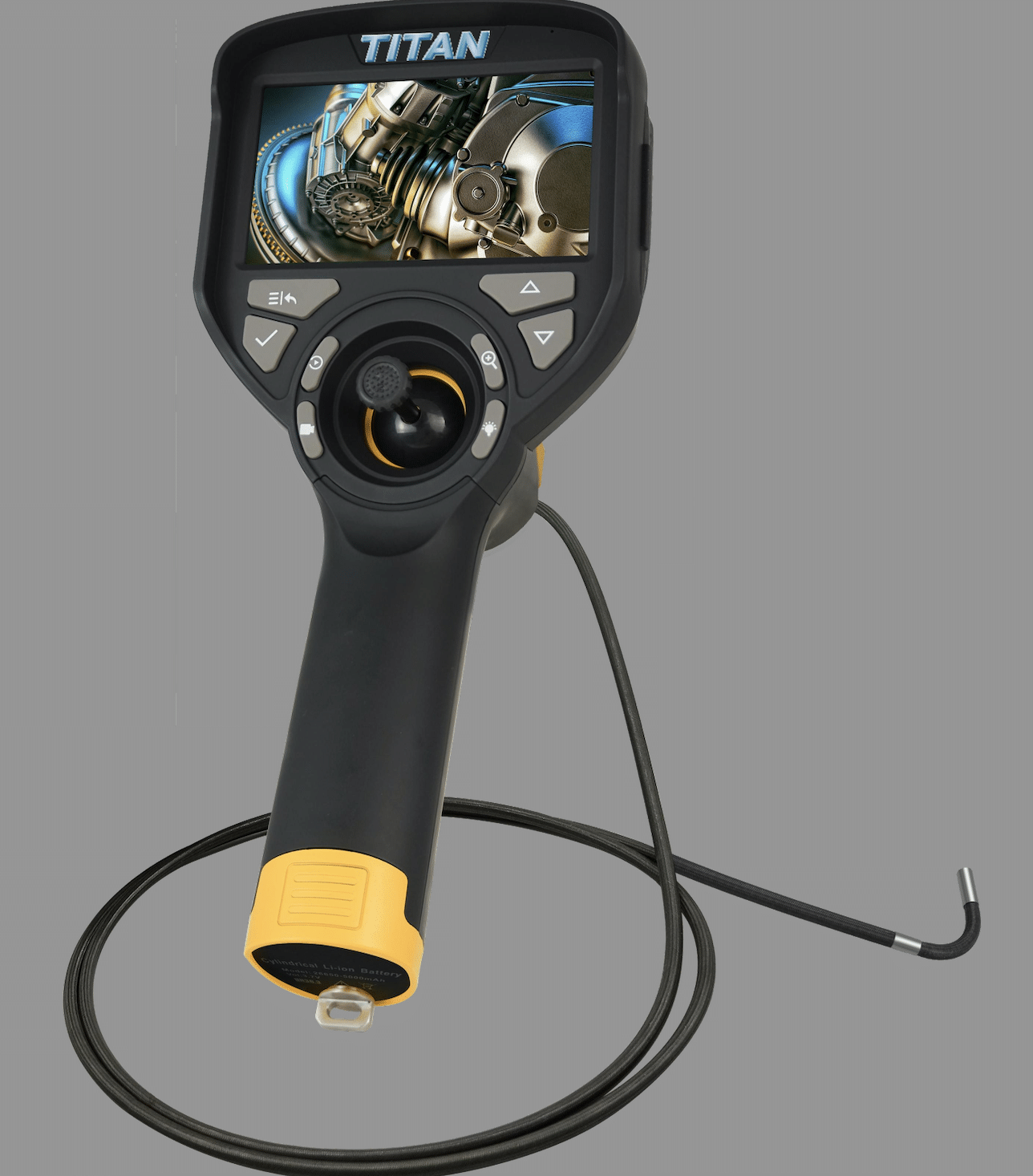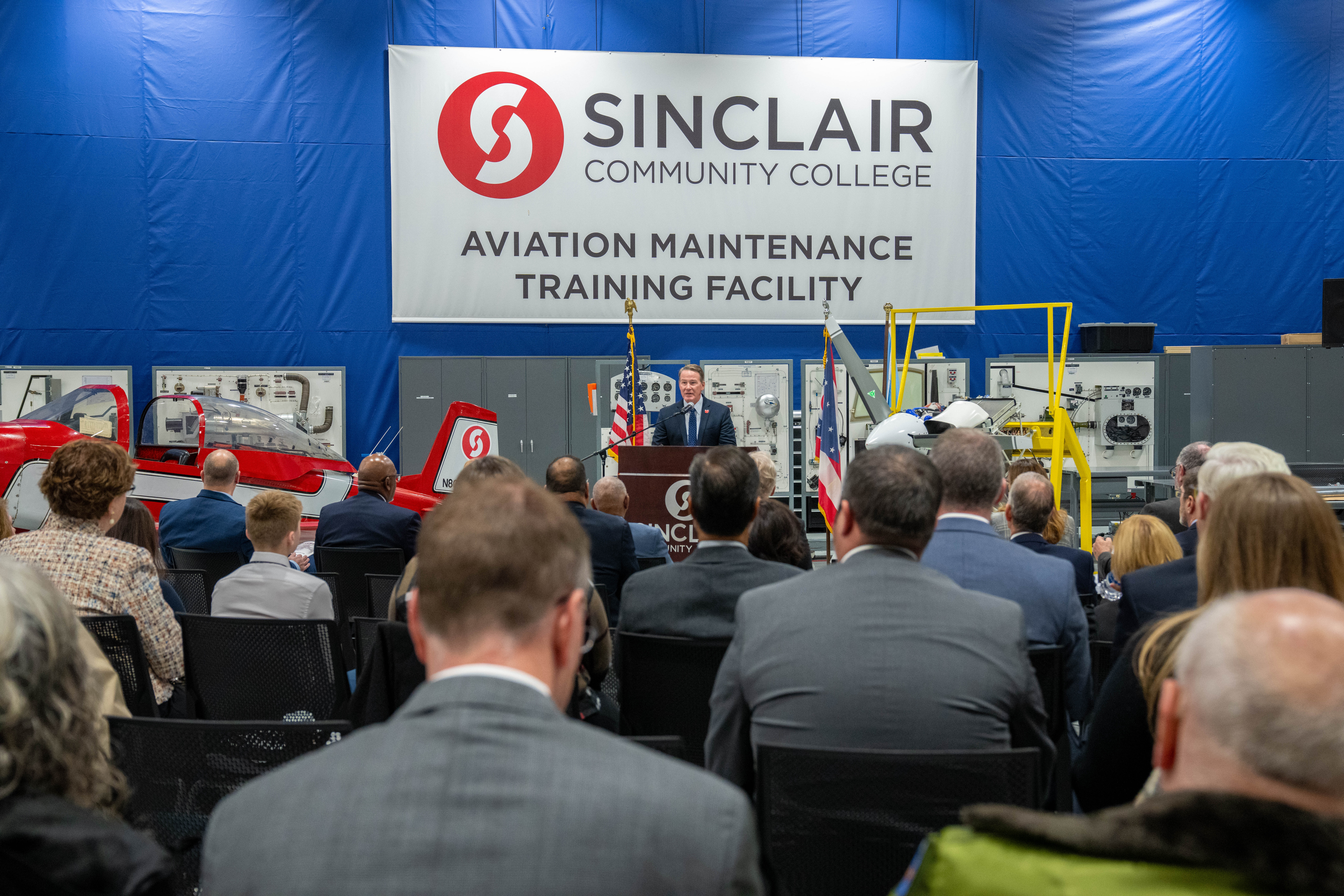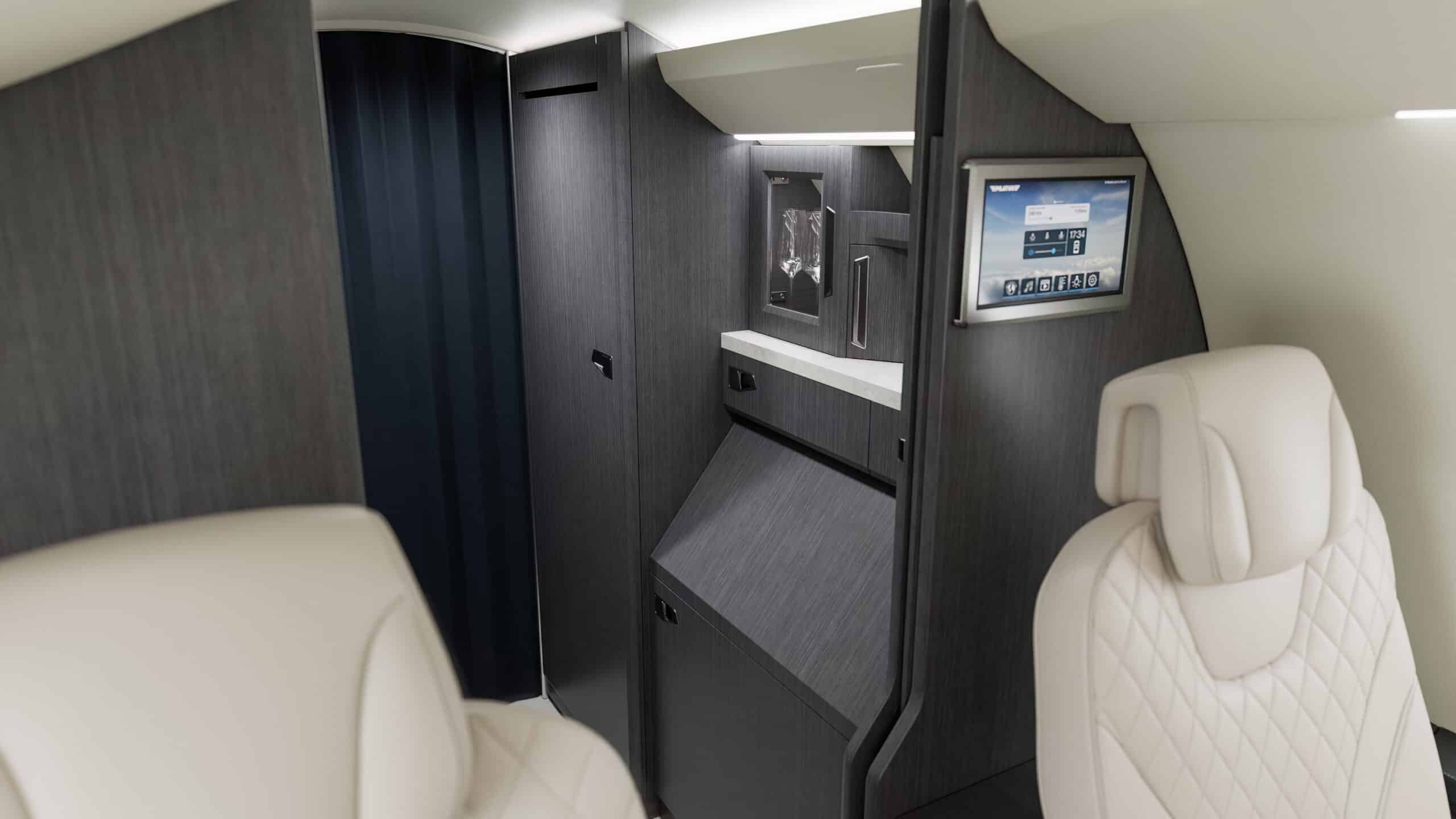Hartzell Propeller, a portfolio company of Arcline Investment Management, is expanding its global propeller service and support network with the addition of Arrow Aviation Services as the company’s first Recommended Service Facility in India. Based in Kolkata, Arrow Aviation Services is the only propeller shop on the Indian subcontinent approved by Hartzell Propeller to properly service and maintain Hartzell products, providing technical support, full propeller overhaul, delivery, product sales and warranty work on Hartzell products. Before gaining this advanced Recommended Service Facility designation, Arrow Aviation Services was recognized as a Hartzell Propeller recommended Service and Support Center in India. “We’re thrilled to welcome Arrow Aviation Services into our global network of Recommended Service Facilities, ensuring aircraft owners and operators in India have access to the highest quality service and support available for Hartzell propellers,” said JJ Frigge, Hartzell Propeller president. “Achieving this designation required Arrow Aviation to meet Hartzell’s demanding standards for safety and quality and undergoing rigorous process audits, which its team passed with flying colors.”
As a Recommended Service Facility, Arrow Aviation must employ factory-trained and qualified propeller technicians who attend required Hartzell Propeller training, maintain Hartzell-approved tools and equipment and meet special process approvals on an ongoing basis. These requirements, which often exceed those of the governing airworthiness authorities, underscore Hartzell Propeller’s steadfast commitment to superior quality, performance and support.
“It is a great honor to be recognized among this distinguished group of Recommended Service Facilities,” said Samir Gupta, Arrow Aviation president. “We value the trust Hartzell Propeller places in our capabilities to deliver unparalleled service and support for their products.”
With Recommended Service Facilities located throughout North and South America, Europe, Malaysia, Australia, New Zealand and now India, Hartzell Propeller customers are only a short flight or drive away from the best maintenance, repair and overhaul services available.








